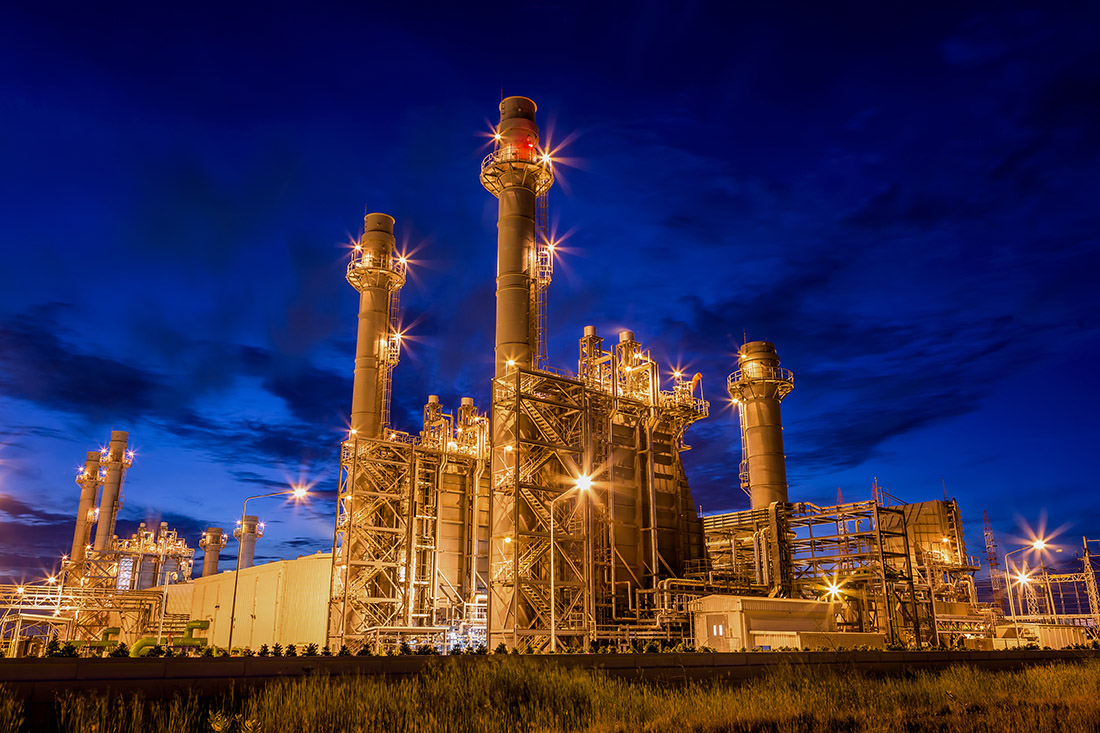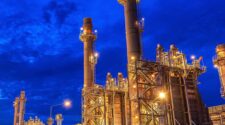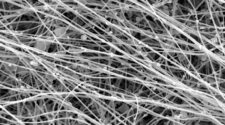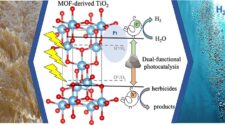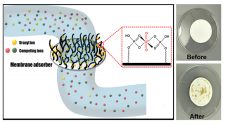Hot gas filtration is a process utilized to remove particulate in high temperature gas streams. Depending on the process, the temperature ranges can very between 250 C to 1,000 C. The lower range can be serviced by synthetic fabric filters in the form of a bag and cage or pleated elements, whereas higher temperatures require a self-supporting ceramic or metal filter elements.
Challenges
The biggest initial challenge in hot-gas filtration is the high temperature itself. High temperatures place elevated demands on the mechanical, thermal and chemical stability of the filter material in application, as well as the system of gas handling and containment.
A key mechanical stress includes filter element flexibility during cleaning cycles of reverse back-pulsing of compressed air or reverse air. Ceramics can withstand very high temperatures, but are length-limited moreso than other medias. The chemical stability of the gas stream can also be upset, with temperature changes creating condensation or desublimation, and particles in the hot gas streams can pollute downstream equipment.
Technology options
There is a wide range of medias for hot-gas filtration, including woven and nonwoven medias made from glass or polytetrafluoroethylene (PTFE).
The filter bags and pleated cartridges can have very high filtration rates and can withstand violent cleaning cycles, but higher temperatures or combustion due to fires in the filtration process can destroy this type of filter.
Sintered metals and ceramics are also utilized for higher temperatures applications. Sintered metals pick up where lower temperature technical fabric filters leave off. They can handle higher thermal stresses and some of the transients in the process. The big downside of metals filters is corrosion due to sulfidation.
Ceramic media are utilized at the highest temperatures and have excellent filtration efficiencies; however, ceramic filters typically are not as long lived as other filter types due to harmonic breakage during filter regeneration via back-pulsing.
As it relates directly to the filters – burning stuff is just inherently a dirty process. Studies for the Massachusetts Department of Environmental Conservation state that, “Burning wood to produce electricity produces 46% percent more emissions, kilowatt-hour-for-kilowatt-hour, than burning coal.
Applications
Applications for hot-gas filtration technology can be found in Atmospheric Pollution Control (APC) and In-line Equipment Protection (ILEP). Some of my personal favorites include industrial hot gas filtration applications related to metals. The farm I grew on had a forty-ton aluminum smelter, and it was fascinating as a kid to watch it melt all manner of aluminum scrap and turn it into 1,000-pound slabs.
Most anywhere there is an industrial process that transfers raw materials into useful products there is a need for pollution control. Along with banks of filters, these applications often employ thermal reclaim equipment that utilizes the hot clean air to drive waste heat to steam electrical power. That was not something we had on the farm, but in winters the building never needed additional heat, even when the temperatures outside were well below zero.
Another substantial hot gas filtration application is power generation. There are many technologies for the generation electrical power and there is a shift from coal to very-low carbon biomass for uninterrupted power. The impact of this shift may be more particulate to capture.
The way forward
As it relates directly to the filters – burning stuff is just inherently a dirty process. Studies for the Massachusetts Department of Environmental Conservation state that, “Burning wood to produce electricity produces 46% percent more emissions, kilowatt-hour-for-kilowatt-hour, than burning coal. Yes! Burning coal actually produces fewer climate-altering emissions than burning wood.”
Technology has to evolve to meet the more stringent particulate limits. Filter elements have evolved to meet this call to action.
Ceramics filters are highly effective at submicron particulate levels and better than other options, like electrostatic precipitators (ESP), as these technologies use significantly less sorbents for a given filtration efficiencies.
Higher temperature technologies that can destroy Nitrogen and Sulfur oxides (NOx and Sox) via catalyst continue to show promise as they progress forward. There is a design dichotomy that exists whereby increasing firing temperature to increase the efficiency of the combustion process unfortunately produces more NOx, requiring more injection, which lowers the thermodynamic efficiency, producing more CO2 and also decreasing parts life. But this is the fine line that hot gas filters have started to reach.
I see hot gas filtration technologies moving toward higher temperature filters if the application calls for it. I believe that catalytic filter technologies will continue to advance and drive particulate efficiencies and remove volatile organic compounds.
New materials like carbon nanofibers will extend temperature ranges and lower pressure drops of bags and pleated filters, as well as bolster other components of the filtration process. Technologies associated with the internet of things (IoT), will also likely play a big role in monitoring flow and sharing information across platforms of technologies and industries.


